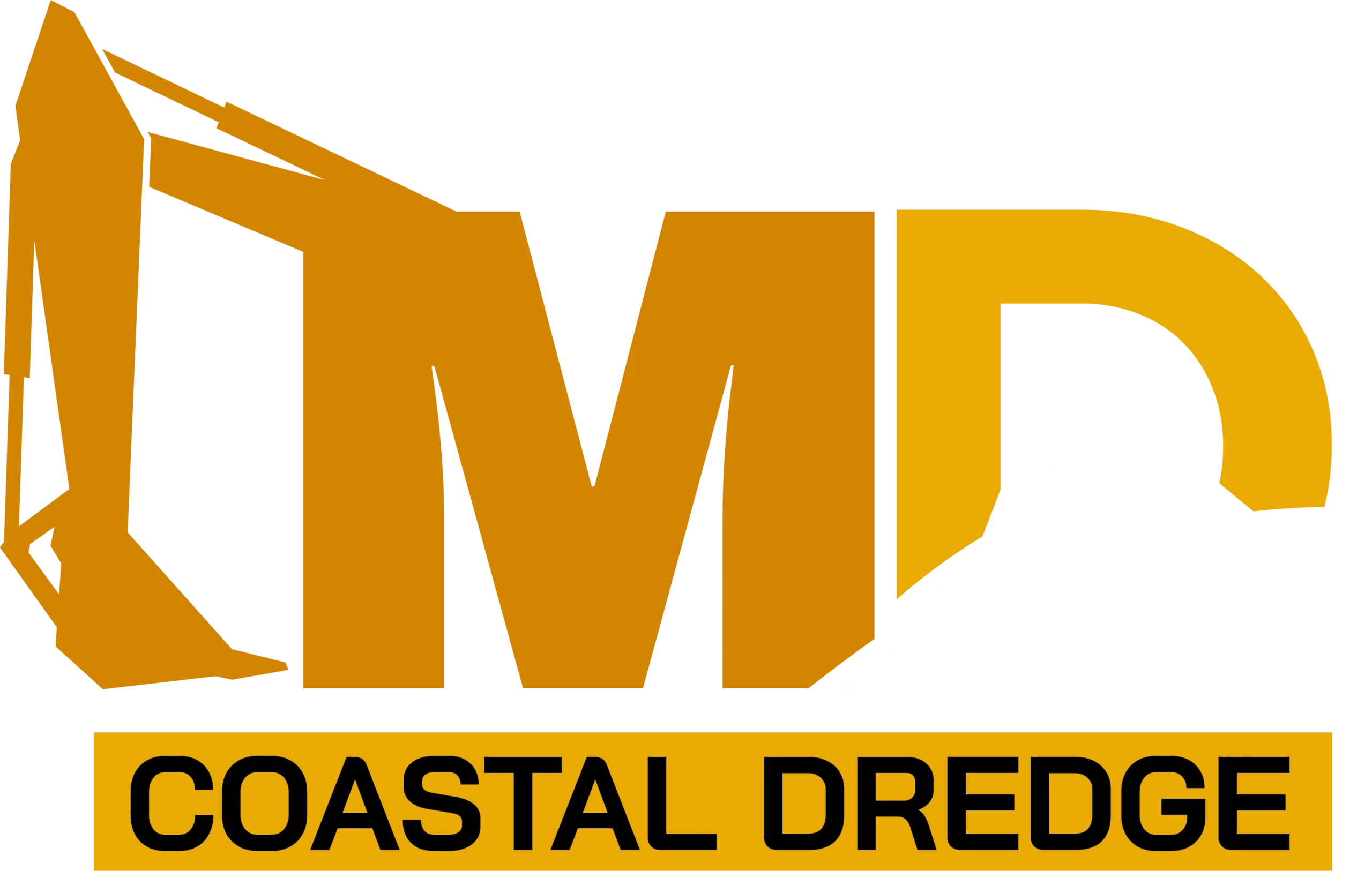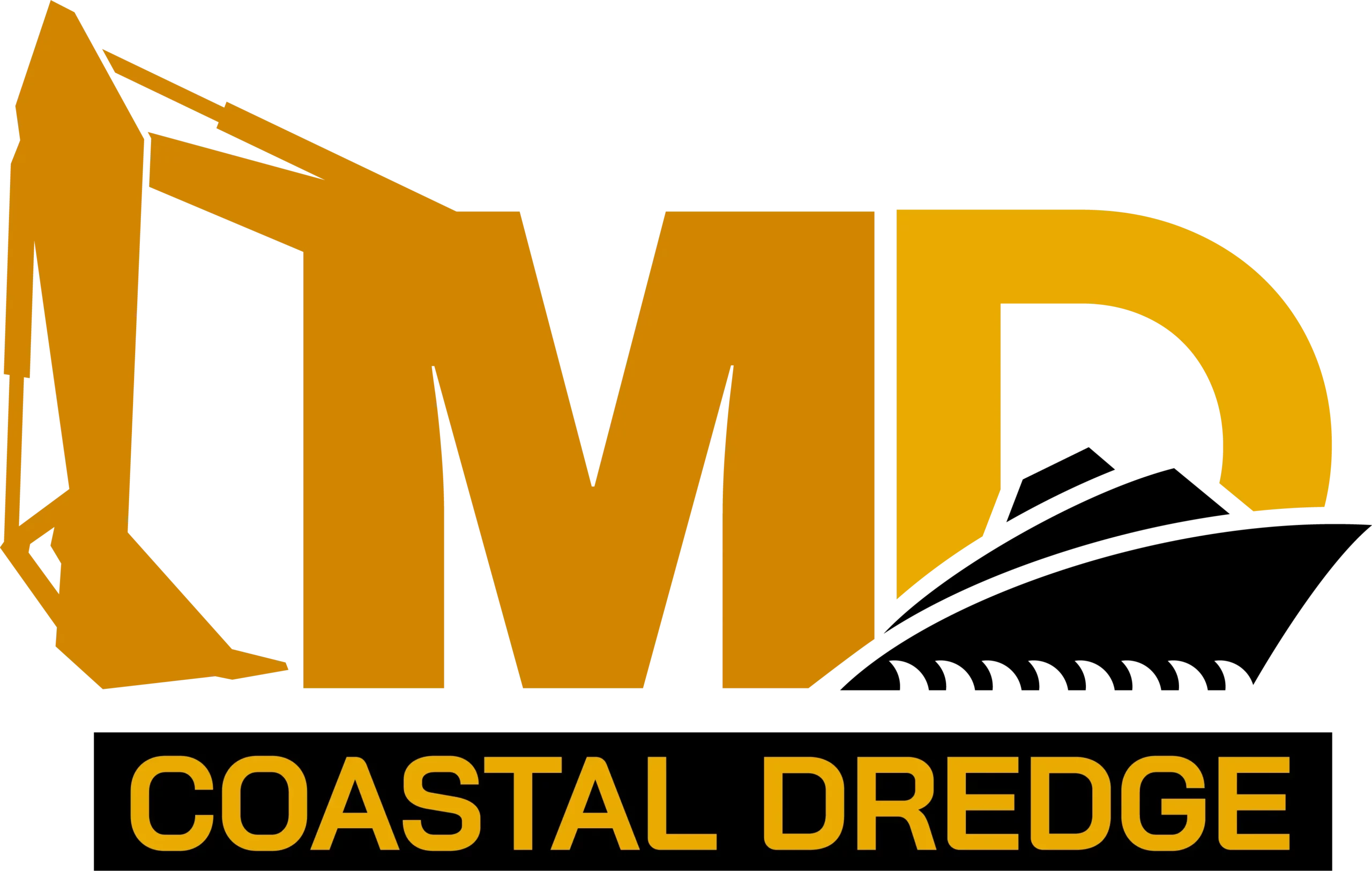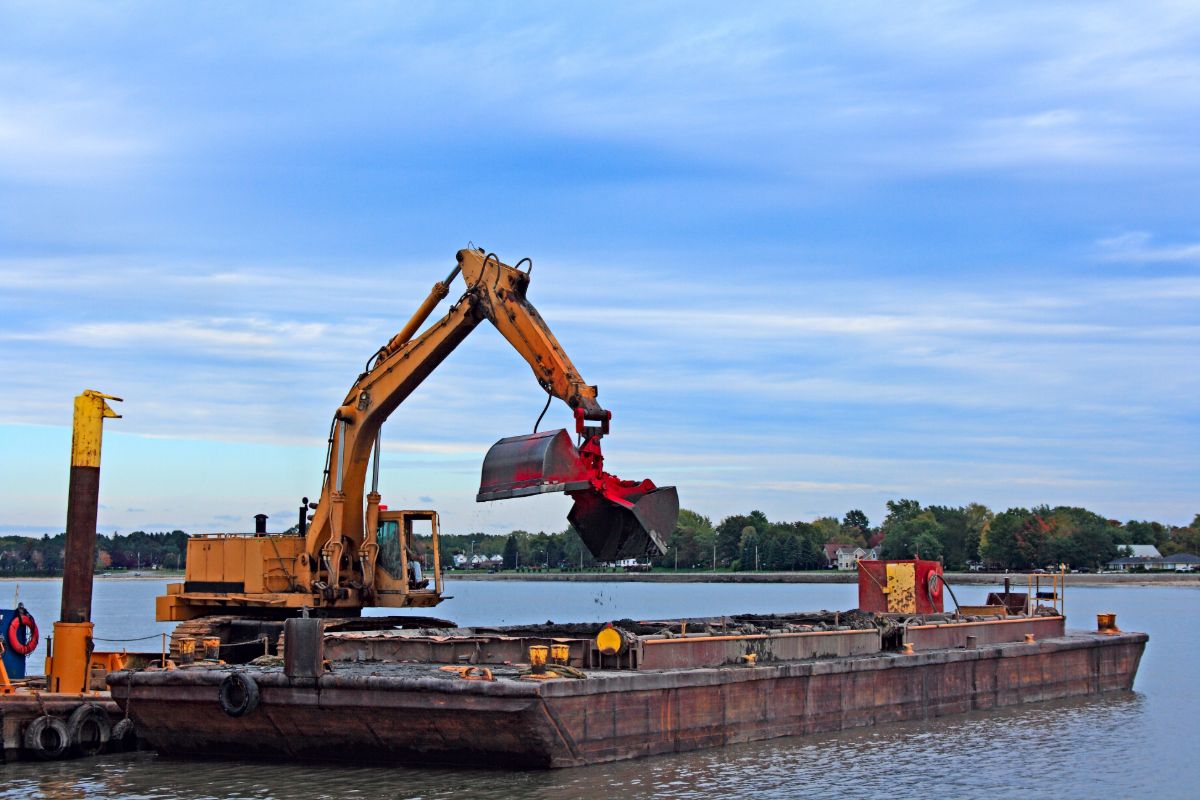A dredge barge is a specialized floating platform equipped to support mechanical or hydraulic dredging operations. It serves as the central base for dredge pumps, pipelines, winches, power units, and other critical components involved in removing sediments from water bodies. Whether deployed in marine, river, or inland environments, a dredging barge is essential for transporting and operating heavy-duty equipment that cannot be mounted onshore or on smaller vessels.
Selecting a reliable and high-efficiency dredge barge is critical for maintaining consistent production, minimizing environmental disruption, and ensuring project timelines are met. From harbor deepening and channel maintenance to sand and slurry removal, the design and capabilities of the barge directly influence performance and cost-effectiveness.
For specific applications, such as a sand dredging barge used in confined or shallow locations, it becomes even more important to evaluate the barge’s construction, equipment compatibility, and environmental controls. The following sections outline five key features that define a high-performance dredge barge, enabling operators to select equipment that meets both operational and regulatory requirements.
Heavy-Duty Hull Design for Stability and Durability
A high-performance dredge barge starts with a structurally reinforced hull designed to handle the intense mechanical demands of dredging operations. Whether operating in inland waterways or coastal environments, the hull serves as the foundation that supports heavy-duty pumps, cranes, and hydraulic systems required for sediment removal.
Material selection is a critical factor. The most reliable dredging barge designs utilize marine-grade steel, reinforced plating, and anti-corrosive coatings to withstand constant exposure to saltwater, abrasive slurry, and harsh weather conditions. These corrosion-resistant materials ensure long-term integrity and reduce the frequency of maintenance, helping operators avoid costly downtime.
Stability is another essential component. A dredge barge must maintain balance and resistance to movement under load, especially during extended dredging cycles. This is particularly important when deploying heavy equipment or operating in rough water. A stable working platform ensures crew safety and consistent equipment performance, both of which are non-negotiable in commercial operations.
In confined areas such as canals or near-shore environments, a san dredging barge must also be maneuverable without sacrificing structural strength. Its hull design should accommodate shallow drafts and tight turns while remaining capable of supporting full-scale dredging equipment. The right hull configuration enhances operational control and minimizes risk during sediment removal in these restricted spaces.
Integrated High-Capacity Pumping System
The pumping system is the core operational component of any high-performance dredge barge. Its ability to efficiently move large volumes of sediment, slurry, and water determines the overall productivity of the dredging process. Onboard pump configurations vary based on the barge design and project requirements, but all high-capacity systems must be engineered for reliability under continuous, heavy-duty use.
When evaluating pump systems for a dredging barge, several key performance metrics should be taken into consideration. Flow rate is crucial, as it directly impacts how quickly material can be moved. A higher flow rate increases project efficiency, particularly in large-scale operations. Solids handling capacity is another critical factor—pumps must be capable of moving high concentrations of abrasive solids without clogging or suffering excessive wear. Energy efficiency also plays a significant role in reducing operating costs and environmental impact over extended dredging cycles.
A versatile dredge barge should support various pump types to meet the specific needs of different projects. Submersible pumps are ideal for deep or narrow locations, as they operate directly in the water column, minimizing suction lift limitations. Cutterhead pumps are better suited for compacted or consolidated material, as they can agitate and break up sediments before pumping. Compatibility with either system allows a san dredging barge to adapt to a range of dredging environments—from soft riverbeds to heavily silted harbors.
In essence, the pumping system functions as the engine of the dredging barge, driving the movement of material and determining how efficiently the vessel completes its dredging objectives. A well-integrated, high-capacity pump setup ensures consistent performance and is essential for meeting production targets.
Modular Deck Layout and Equipment Flexibility
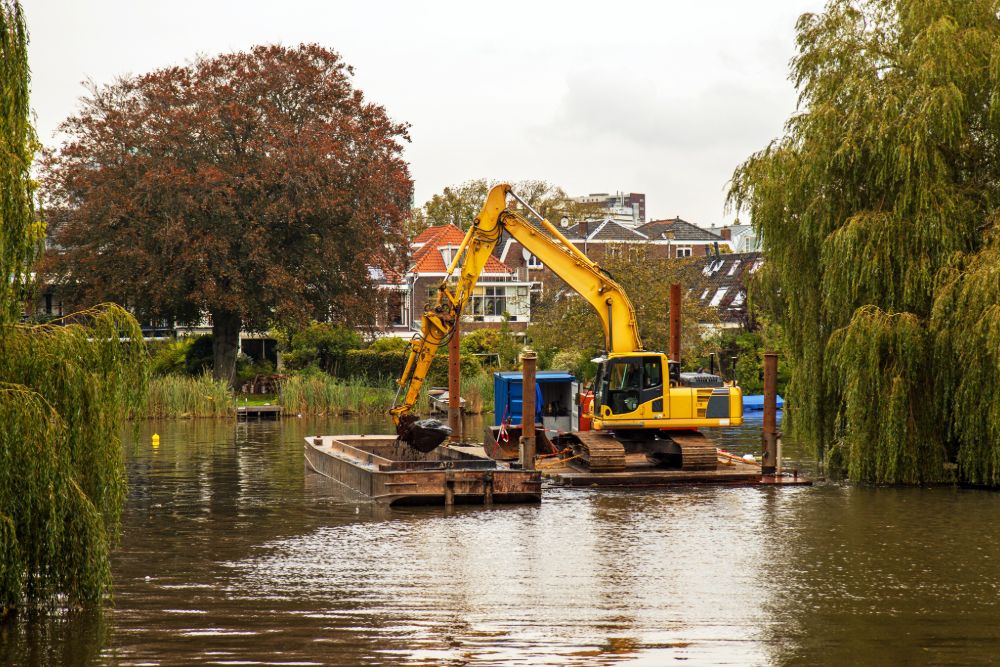
A modular deck layout is a key feature of a high-performance dredge barge, offering enhanced adaptability and efficiency in diverse dredging conditions. Modular configurations enable easier maintenance access, streamlined equipment replacement, and custom fit-outs tailored to meet the specific requirements of each project. This design approach minimizes downtime and simplifies adjustments during operations.
The deck of a dredging barge must accommodate essential support systems, including generators, fuel tanks, and hydraulic power units. A modular layout ensures that these components can be positioned for optimal weight distribution and functional access. Organized placement also helps reduce operational hazards and improves workflow during dredging activities.
Project flexibility is further enhanced with integrated equipment like winch systems, anchoring spuds, and pipe-handling mechanisms. These elements enable the barge to remain stable during active dredging, reposition easily between dredge cuts, and manage discharge pipelines with precision. For confined or shallow environments where mobility and accuracy are critical, such as with a sand dredging barge, a modular setup provides the operational range needed without compromising structural balance.
The right deck configuration has a direct impact on job-site productivity. A well-organized and adaptable dredge barge layout enables operators to respond quickly to changing project demands while maintaining efficiency, safety, and compliance across various dredging scenarios.
Advanced Navigation and Positioning Controls
Modern dredge barge operations require precision, especially in environments where over-dredging or under-dredging can lead to costly setbacks or regulatory issues. Advanced navigation and positioning systems—such as GPS, sonar, and auto-positioning controls—enable operators to maintain accurate dredging paths and depths with minimal manual intervention. These technologies ensure that the barge remains on course and that sediment removal is performed within exact parameters.
Real-time monitoring plays a critical role in depth control and material tracking. By integrating sonar and bathymetric data, operators can visualize the underwater terrain and monitor progress in real-time, allowing for immediate adjustments as conditions change. This level of control not only improves the accuracy of the dredging barge operation but also reduces fuel consumption and material rework.
Automation systems further enhance operational efficiency, particularly in high-traffic waterways or environmentally sensitive areas. Auto-positioning features allow the dredge barge to adjust its location with minimal operator input, maintaining consistent dredging patterns even in dynamic tidal conditions. This is especially beneficial for a sand dredging barge, where confined spaces and shallow waters require high levels of precision and repeatability.
Aligning navigation and control systems with regulatory and environmental requirements is essential. A dredge barge equipped with compliant positioning systems helps ensure that operations stay within permitted zones, protect marine ecosystems, and meet reporting standards required by local and federal agencies.
Environmental and Operational Safety Features
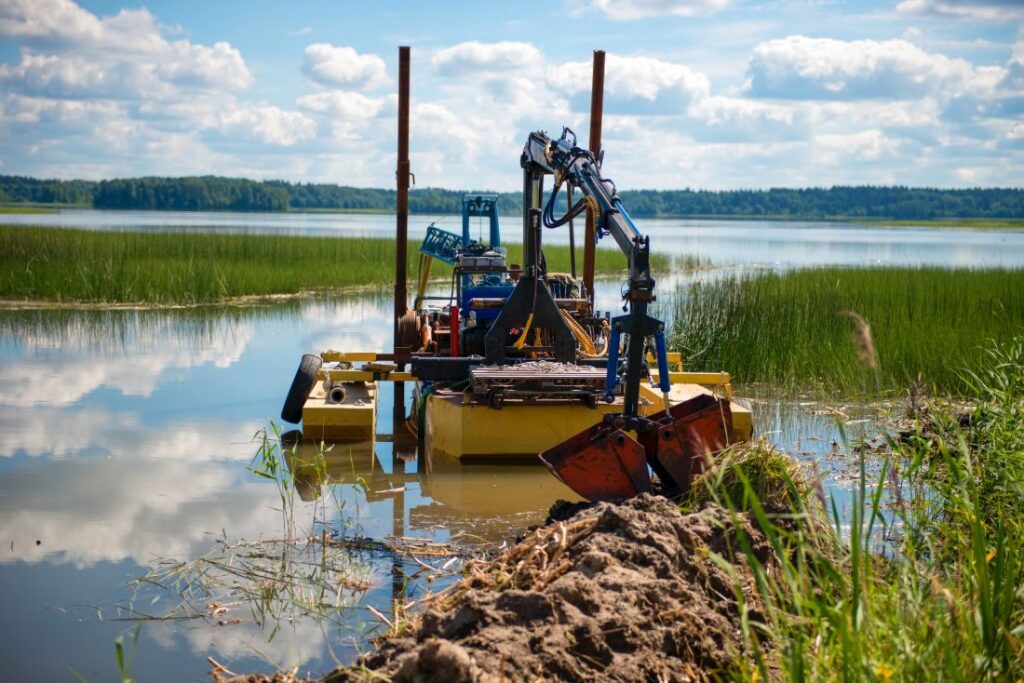
A well-designed dredge barge must prioritize both environmental protection and crew safety to meet industry standards and regulatory expectations. One of the primary environmental safeguards includes integrated spill containment systems that prevent hydraulic fluid, fuel, or other hazardous materials from entering surrounding waters. Additionally, noise reduction solutions, such as insulated engine compartments and low-vibration equipment, help minimize disruption to marine life and nearby communities. Turbidity curtains are also commonly deployed to control sediment plumes, ensuring that dredging operations stay within permitted environmental impact thresholds.
Onboard fire suppression systems are crucial for minimizing the risk of equipment-related fires, particularly in engine rooms and areas near hydraulic systems. These systems, combined with clearly defined crew safety protocols—such as emergency shutoffs, life-saving equipment, and proper training—ensure that personnel can operate the dredging barge safely under demanding conditions.
Regulatory compliance is critical. A high-performance dredge barge must align with safety and environmental standards set by the U.S. Coast Guard, Environmental Protection Agency (EPA), and other relevant authorities. This includes proper waste handling, emissions control, and documentation of environmental protection measures. For specialized vessels, such as a san dredging barge, operating in shallow or regulated areas, adherence to these regulations is even more critical to avoid fines, project delays, or permit revocation.
By incorporating these safety and environmental control features, a dredge barge can operate efficiently while significantly reducing environmental impact and legal liability.
Choosing the Right Dredge Barge for Long-Term Operational Success

Investing in a high-performance dredge barge is a strategic decision that directly impacts the efficiency, safety, and environmental compliance of your dredging operations. From the durability of the hull to the integration of advanced pumping systems, modular layouts, navigation controls, and safety features, each element plays a role in determining how well a barge performs under demanding project conditions. Whether you’re operating in open marine environments or working within the limitations of a san dredging barge, these core features are non-negotiable for achieving reliable outcomes and meeting project specifications.
If you’re looking to upgrade your equipment or source a dependable dredging barge tailored to your project needs, MD Coastal Dredging can help. Our team specializes in providing dredge solutions that meet the highest standards of quality, performance, and regulatory compliance. Contact us today to discuss your requirements and explore the options that best support your dredging goals.
